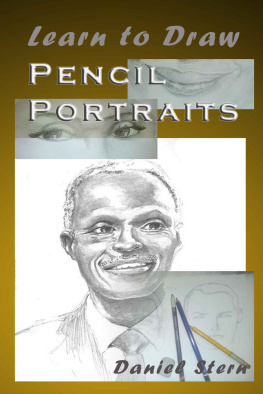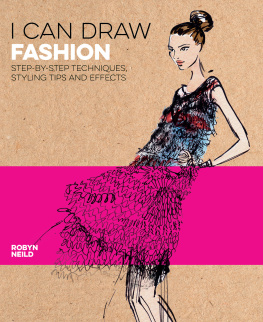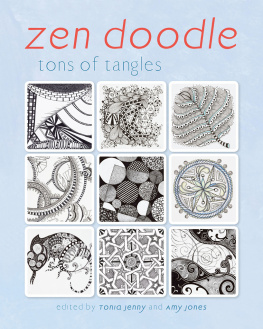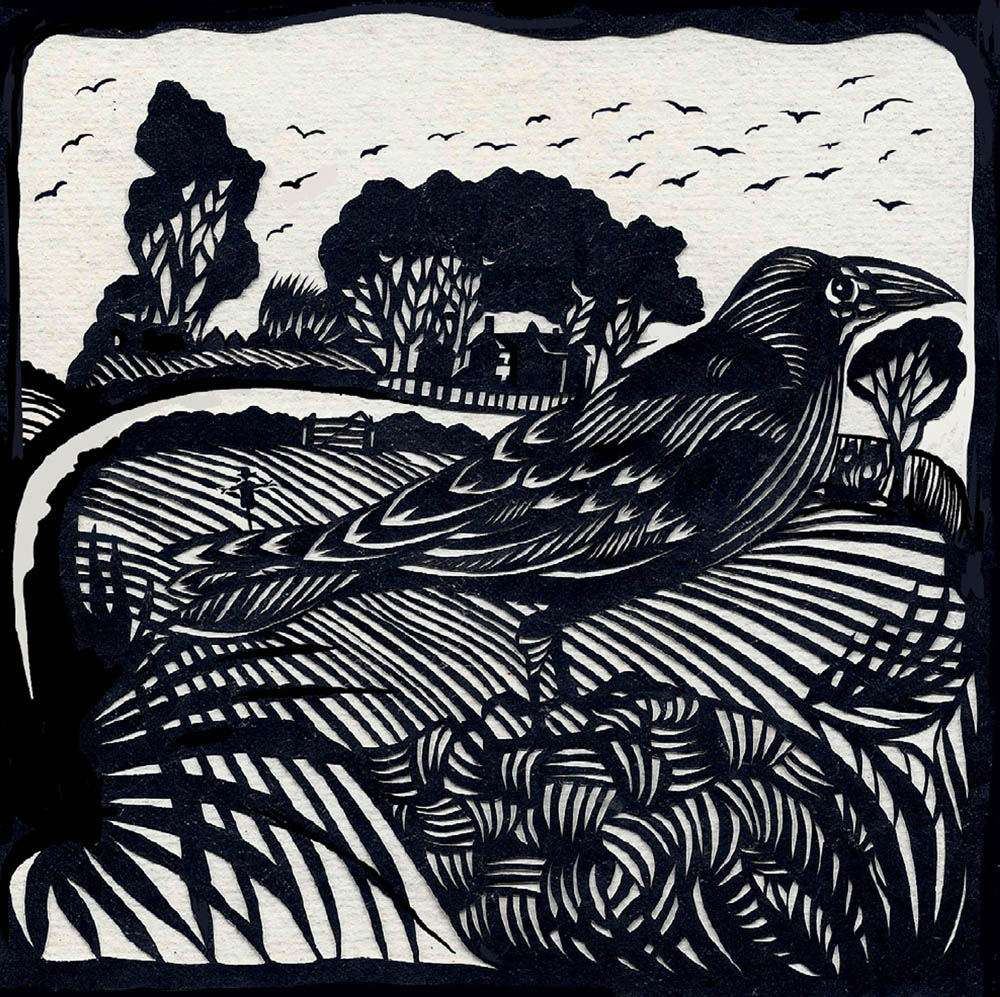This papercut also appears on page .
I would like to dedicate this book to my husband, Keith, for his indefatigable wit and his intelligence; to my daughter, Katie, for her inspiration and beauty; to my son, Ben, for his calming presence and to my friend, Cath Howe, for her incisive mind and generosity of spirit.

Edo Reflection
This papercut has been digitally coloured.
First published in Great Britain 2015
Search Press Limited
Wellwood, North Farm Road,
Tunbridge Wells, Kent TN2 3DR
Text copyright Jessica Palmer 2015
Studio photographs by Paul Bricknell at Search Press Studios, other photographs the authors own unless specified Studio photographs and design copyright Search Press Ltd. 2015
All rights reserved. No part of this book, text, photographs or illustrations may be reproduced or transmitted in any form or by any means by print, photoprint, microfilm, microfiche, photocopier, internet or in any way known or as yet unknown, or stored in a retrieval system, without written permission obtained beforehand from Search Press.
Print ISBN 978 1 78221 066 5
eBook ISBN 978 1 78126 409 6
The Publishers and author can accept no responsibility for any consequences arising from the information, advice or instructions given in this publication.
Suppliers
If you have any difficulty obtaining any of the materials and equipment mentioned in this book, please visit the Search Press website: www.searchpress.com
Publishers note: All photographs of papercutting workshops are the authors own. Where the papercuts shown are by students, every effort has been made to gain permission and acknowledge the artist.
Authors note: To anyone I have not been able to reach, I would like to convey my sincere thanks and appreciation. You are invited to visit the authors website: www.jessicapalmerart.com Thanks go to all the students I have worked with who have helped me learn so much about the art of papercutting.
You are invited to visit the authors website:
www.jessicapalmerart.com
INTRODUCTION
I have called this book The Art of Papercutting because papercutting gives me endless artistic possibilities. Papercutting is often thought of as a craft because it has its roots in a craft tradition of skill and repetition. But for me it is the unpredictability of this medium that I love. In a world where it is possible to create anything digitally, a hand-cut picture has the unique appeal of any handmade object, with its character and imperfections. And though I use a digital drawing tablet in my illustration work, I usually draw the first sketch of any piece with a knife, before scanning and colouring it digitally on the computer. This early cutting out process stretches my mind and helps me come up with an original approach.
I found my way to papercutting during an MA in Illustration, carried out over two years of juggling childcare and artwork. During that time, I experimented with every medium under the sun. Then one day, in a life drawing class, an innovative tutor took the charcoal out of my hand, gave me a pair of scissors and said, Cut it out! My early cuts vaguely resembled Matisse-style images: large, boldly drawn figures using whatever colour paper I could get my hands on. From there I graduated swiftly from scissors to a knife.
There was something infinitely satisfying about freehand cutting with a scalpel blade. Cutting out helped my drawing. Instead of producing a dithery line, I started to draw confidently, and in a way that was recognisably my own style. I brought collage and cut images into each project I tackled. Drawing with a knife was a linear process: a study of the contour or the outline of an object. Gradually, as I embarked on my self-taught 10,000-hour drawing apprenticeship, I began to see how with light, shadow, layering, texture and infinite pattern, it was possible to make paper work with as much range and depth as any other medium.
As is visible in Matisses paper cut-outs, a papercutters medium is not the knife or the scissors they use, but the paper. Matisses palette of paper was coloured to a carefully calibrated range by his assistants. It was inspired by the hues and light of southern France, making the work identifiably his.
The human eye also loves monochrome, and another reason for the popularity of the papercut image is the appeal of the simplicity of black on white, as well as the silhouetted shape on a contrasting background.
The qualities of paper its texture, transparency, reflective aspects, weight and resilience give the papercutter a wide set of opportunities. A papercutter can use practically any paper available. The trick is to find the type of paper to match the end product. I have made pieces with newsprint, 1950s food magazines, Indian silk paper, synthetic paper, Offenbach Bible paper, photocopy paper, Japanese washi paper, 1930s newsletters about magic tricks and crumpled gold paper from an art store in New York. My overflowing plan chest is evidence of my love of paper and magpie-like obsession with collecting it.
In any artwork, it is usually the thinking and planning that takes the longest time. For me, this can take several weeks as I work out a picture until I can see it in my minds eye. I think about the drawing, deciding on negative and positive areas of the image, and about how to use pattern, proportion, and the relationship and connectivity of shapes as well as the balance of cut and uncut paper in the whole piece.
As I am an illustrator by training, my instinct is to make a story-telling image with movement and figurative depictions. I approach this in combination with the particular features of papercutting, such as linking, flowing one part into another, using borders, or stylising a face to make the image into a striking design.
My technique is to combine the traditions of silhouetted images with extra line, pattern and emphasis. I use the point of my scalpel blade like the tip of a pencil. My pieces are made up of sequences of patterns sometimes observed, sometimes invented. These shape my images and give them depth, shine, personality or humour. In this book, I hope to share with you my passion for paper and some of my techniques for transforming this humble yet phenomenally diverse material into fantastical works of art.














